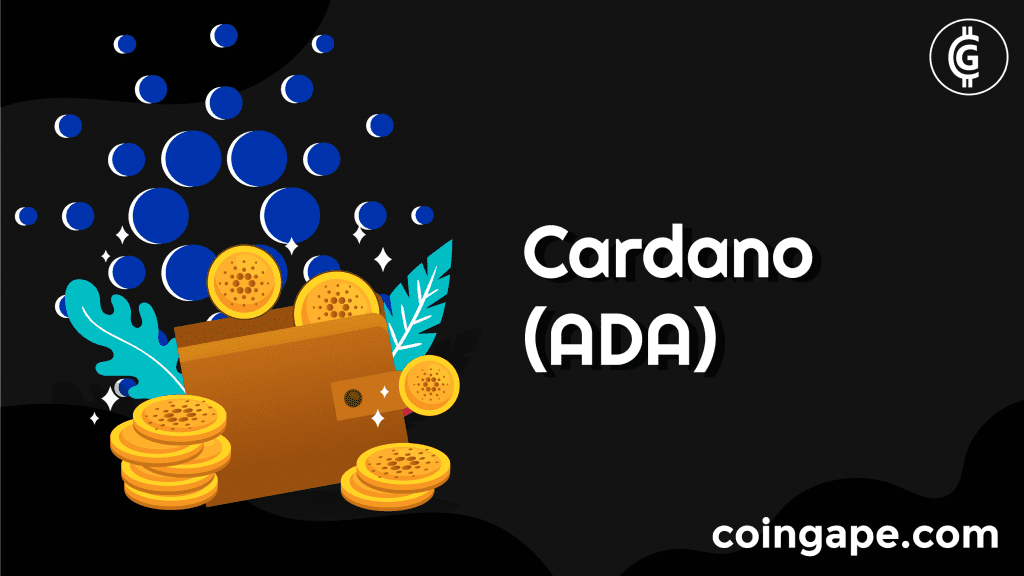In the past week, as most of the crypto coins have traded sideways, Cardano’s ADA token has shown a surge in its trajectory. Often regarded as Ethereum’s nemesis, ADA rose by 30% in the last seven days, while coins like Bitcoin, Ether, Solana, and XRP just rose by less than 5%, according to independent cryptocurrency data aggregator CoinGecko.
#cardano $ada is the number two blockchain in transaction volume in the last 24 hours 🤯https://t.co/HaCzkGSnZL
— Lark Davis (@TheCryptoLark) January 17, 2022
Ups and Downs in Cardano [ADA]
There was a time when Cardano neared $100 billion in market value and was the third biggest cryptocurrency on the market after Bitcoin and Ether. However, the coin dropped its value and even with its current stance, it is about 50% below its early September record.
Along with a huge fan base, the coin also has de-tractors. As reported by Al Jazeera, Antoni Trenchev, managing partner of Nexo (world’s most advanced, regulated digital assets institution offering crypto loans) said,
“ADA’s critics say there’s too much talk and not enough action.”
Cardano’s position as Ethereum’s nemesis was somewhat usurped in 2021 by the rise of rival blockchains Solana and Avalanche, but clearly, there’s a passionate community eager for it to succeed, otherwise, it wouldn’t be a top-five crypto.”
Is Gas Fees An Issue for Cardano?
Cardano ADA’s 24-hour transaction volume was at $5.31 billion with a collected gas fee at $75,400. A gas fee is a payment made by users to compensate for the computing energy required to process transactions. Meanwhile, Ethereum’s transaction volume was at $5.59 billion and the collected gas fee was at $44 million over that same period.
As reported by Al Jazeera, Hayden Hughes, chief executive officer of Alpha Impact (a social media platform for crypto traders) said,
“One could quite easily argue that NFT market has found a gas-light way to transact, and that is the Cardano blockchain. Many have argued that it’s only a matter of time before gas fees and congestion clog up the Cardano blockchain, leading to a high gas fee, but despite the $5.31 billion in daily activity, we have not yet seen this.”


